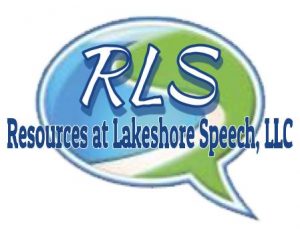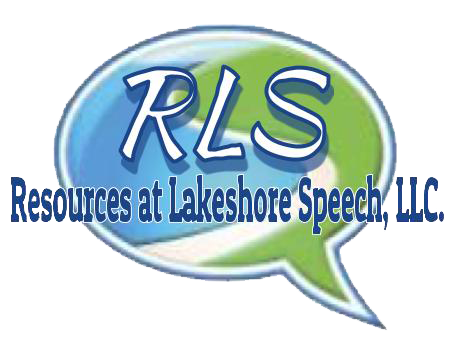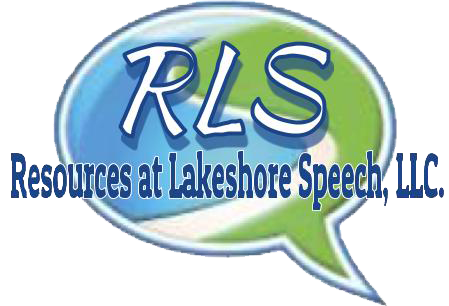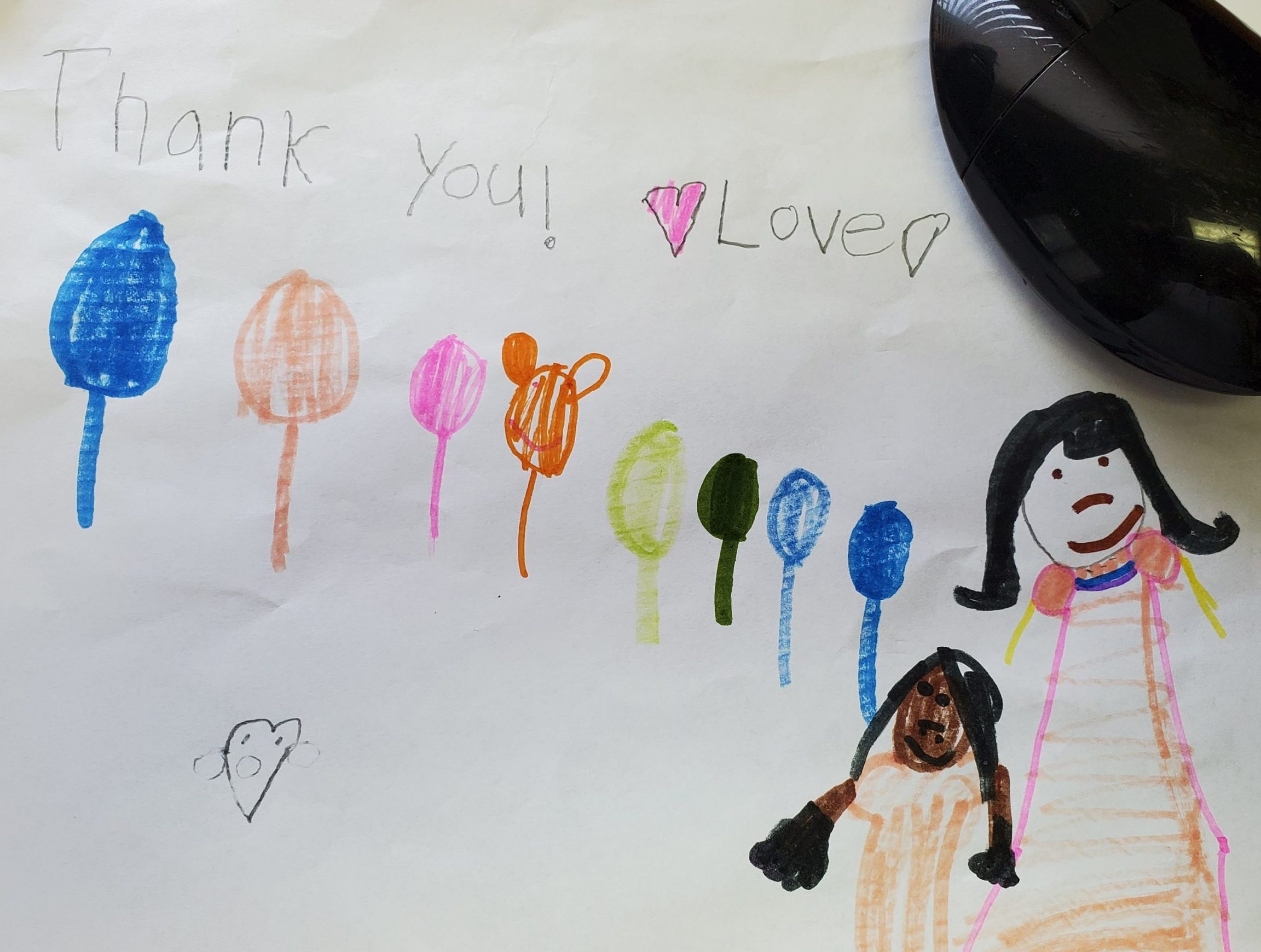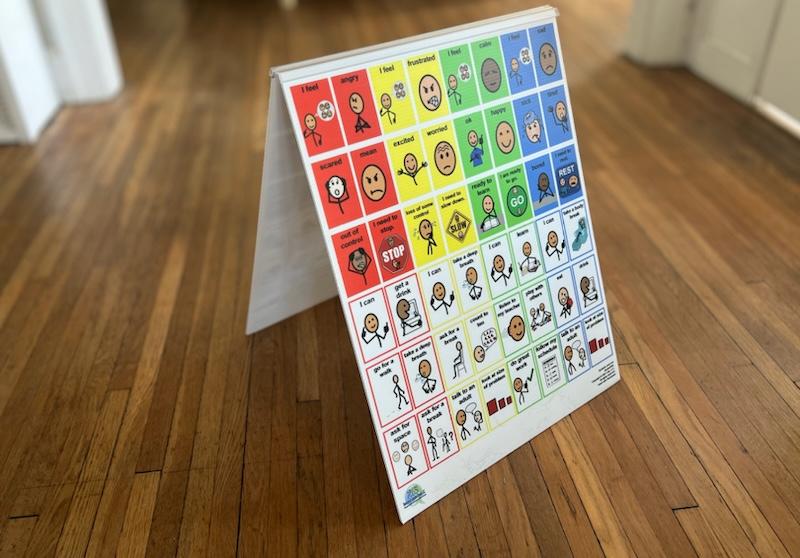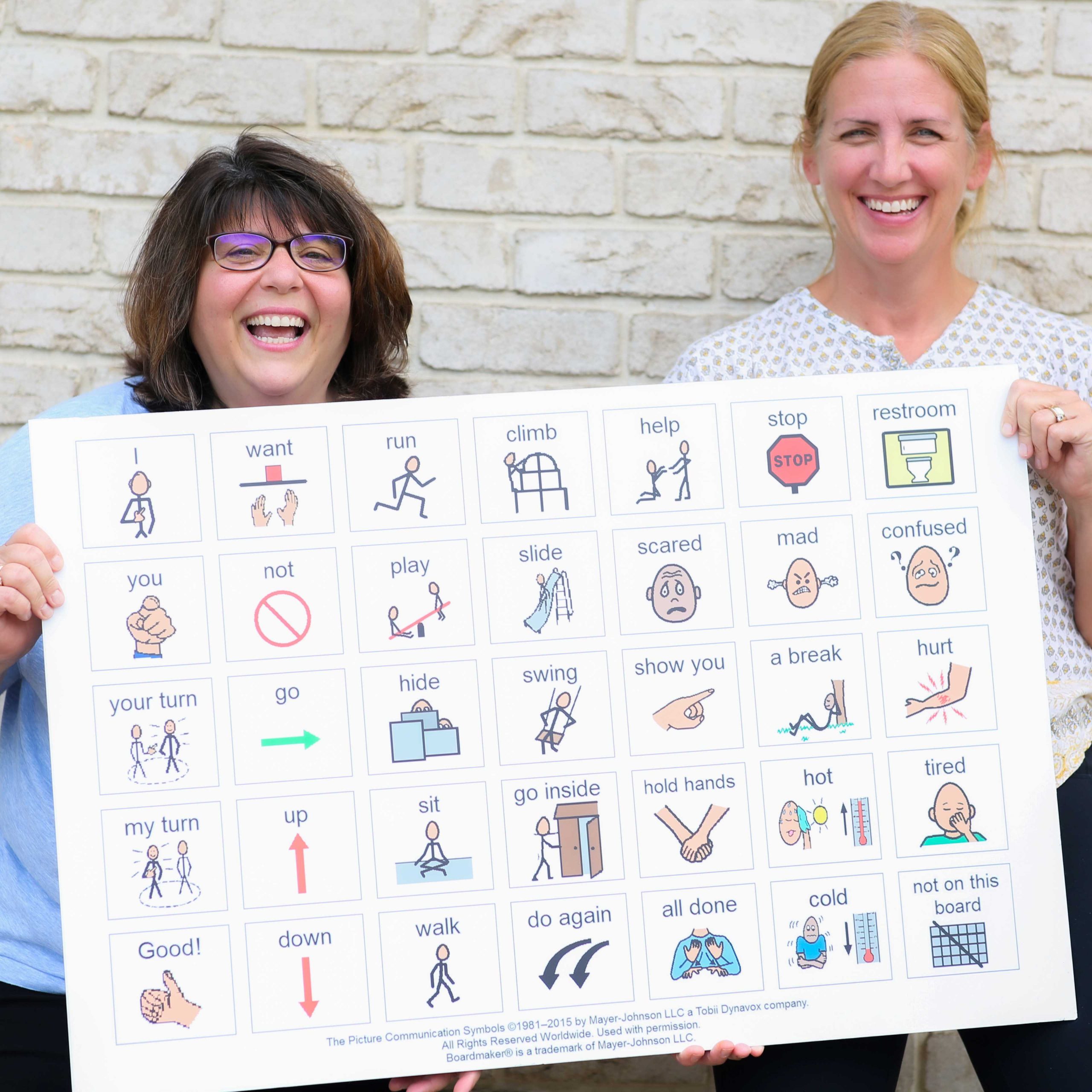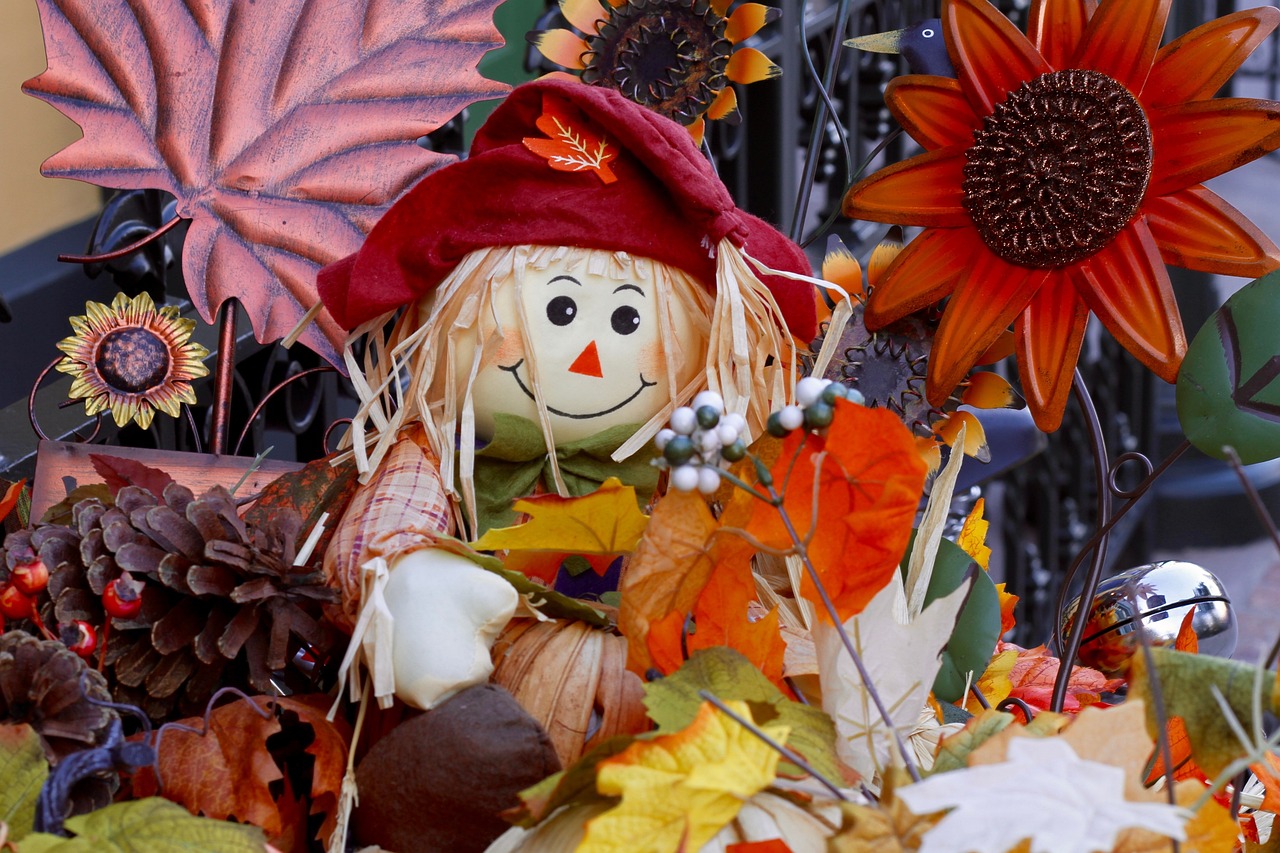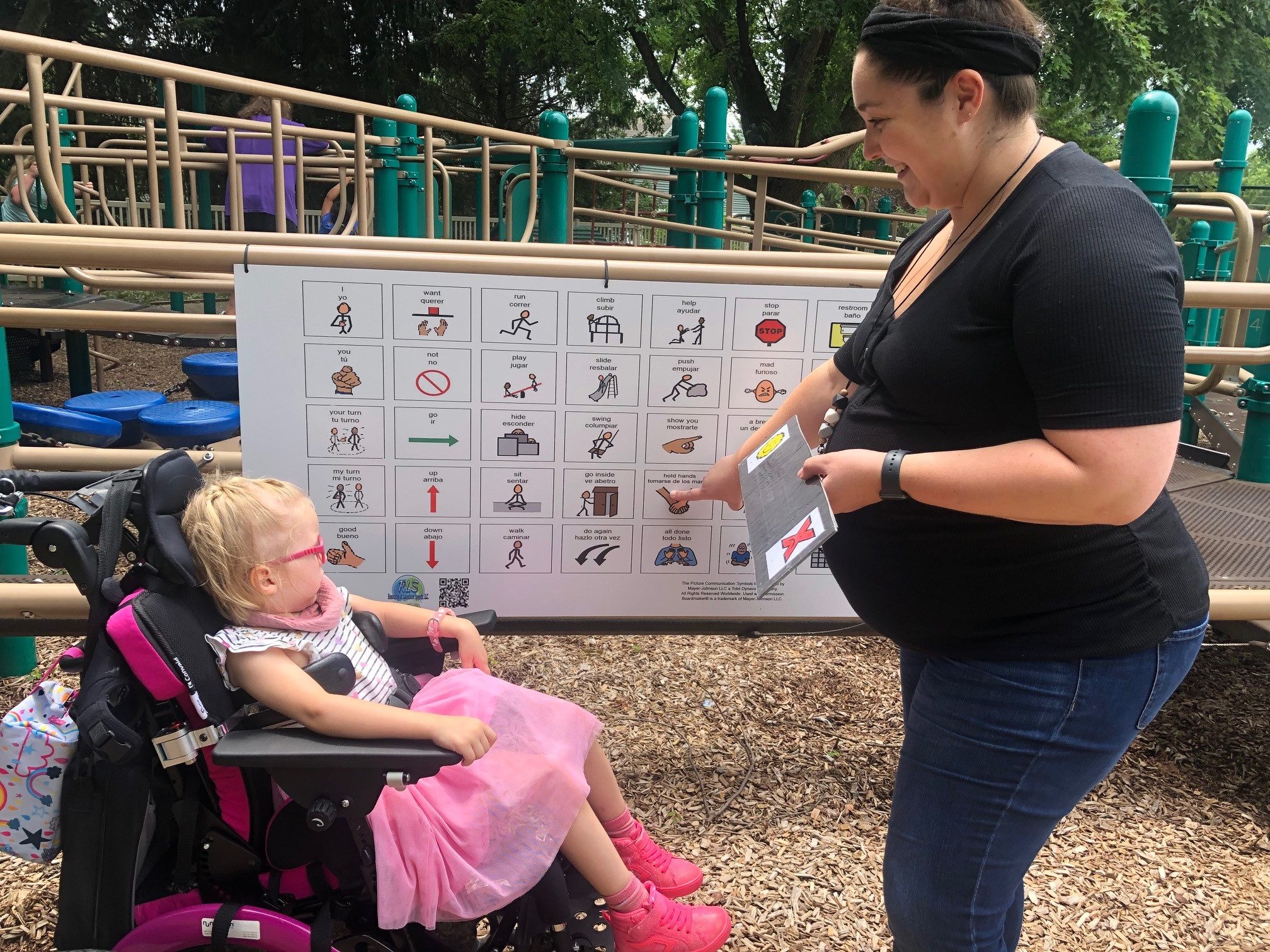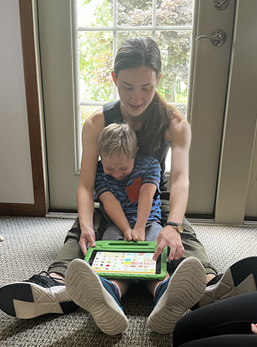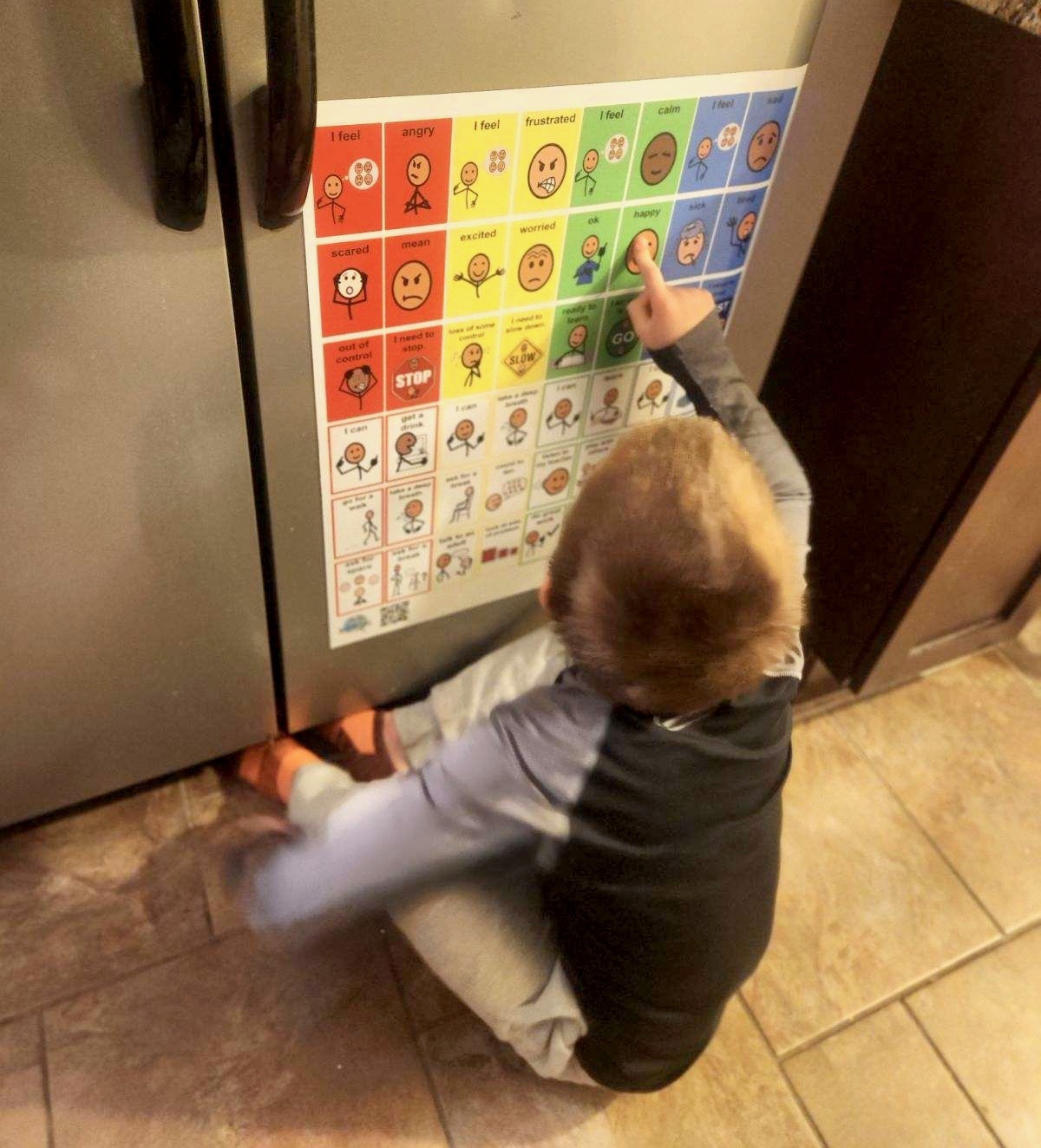Celebrate Better Speech and Hearing Month! SLPs help all ages with communication, swallowing, advocacy, research, and more to improve lives every day.
Continue readingHow To Fund Communication Boards: Municipalities & SeeMyLegacy
Discover how SeeMyLegacy empowers communities to fund communication boards, boosting inclusion and engagement in public spaces.
Continue readingHow to Make Water Safety More Inclusive:Communication Boards
Poolside communication boards make water safety more inclusive, ensuring nonverbal swimmers can express needs, follow rules, and enjoy aquatic fun safely.
Continue readingHow to Avoid Emotional Meltdowns : Emotional Balance Boards
Struggling with meltdowns? Emotional regulation boards help kids & adults express feelings, prevent overload, and boost communication when words are hard.
Continue readingHow to Create Waterproof Words: Pool Communication Boards
Poolside communication boards enhance safety, inclusivity, and accessibility, ensuring everyone—regardless of communication style—has a voice at the pool.
Continue readingWhat Makes Our Price Savings Commitment Unique?
Passing cost savings to customers shows our commitment to affordable communication boards, empowering lives and fostering trust, accessibility, and inclusion.
Continue readingCelebrating Thanksgiving: 12 Tips to Support Children with Special Needs
For families with a child on the special needs, celebrating Thanksgiving may require some thoughtful preparation to ensure a comfortable and enjoyable experience. Here are some tips to help you prepare for a meaningful holiday celebration.
Continue readingHow to Boost Community Engagement and Usage:Playground Communication Boards
Playground communication boards are a wonderful addition to parks and recreation spaces. Eplore why playground communication boards may be underutilized, and some ideas on how to make these boards an integrated part of playground experiences.
Continue readingPrivate Speech Therapy: What You Need to Know
This guide is here to help you understand what happens in speech therapy, how therapists work toward your child’s goals, and ways to feel more engaged and connected along the way.
Continue readingEmotional Balance Boards: How to Navigate for Parent Concerns
Explore three common concerns related to the use of emotional balance communication boards: frustration with limited understanding from individuals working with the child, the desire for easier, more intuitive boards, and the worry that your child won’t use the board effectively.
Continue reading